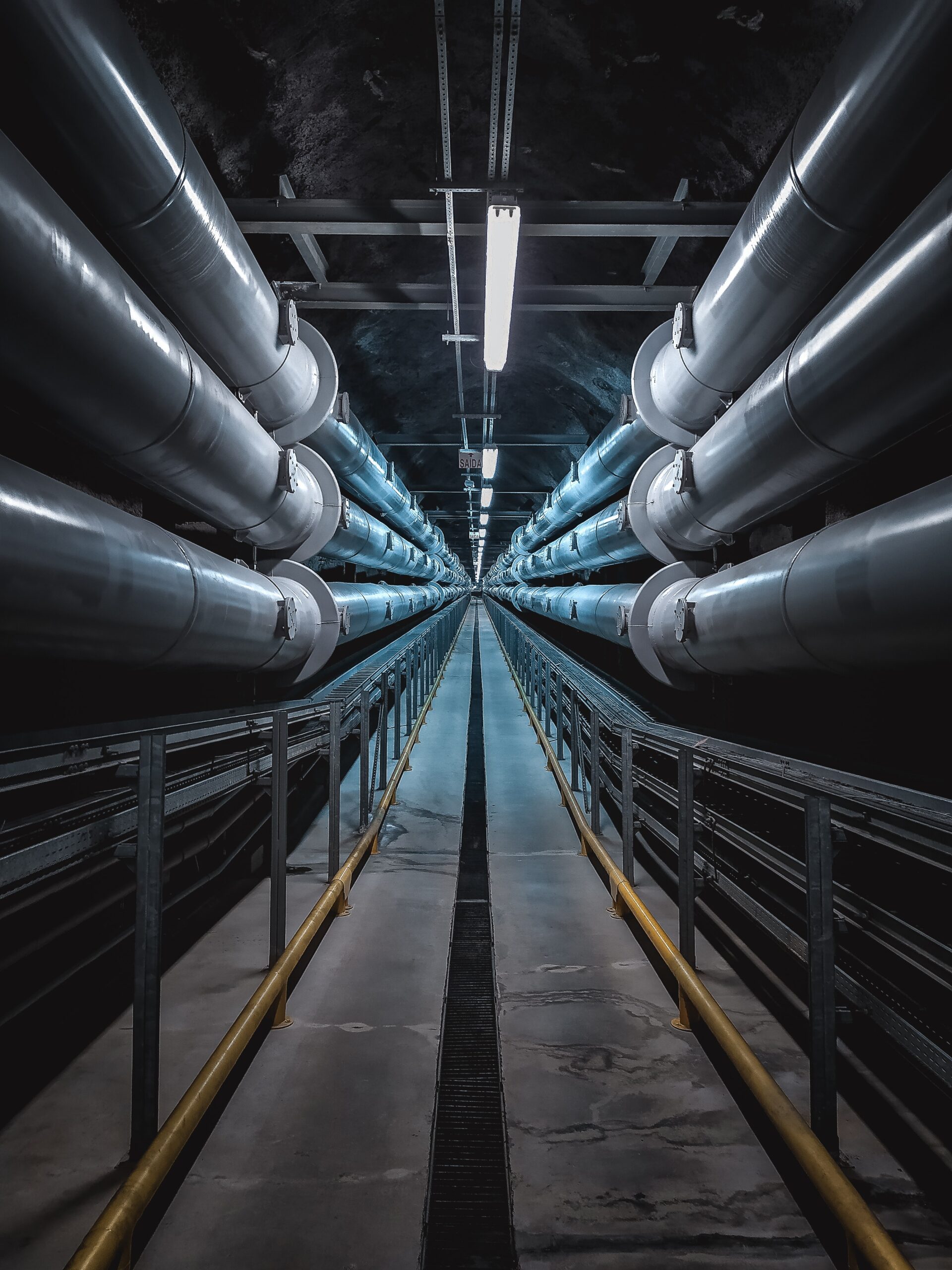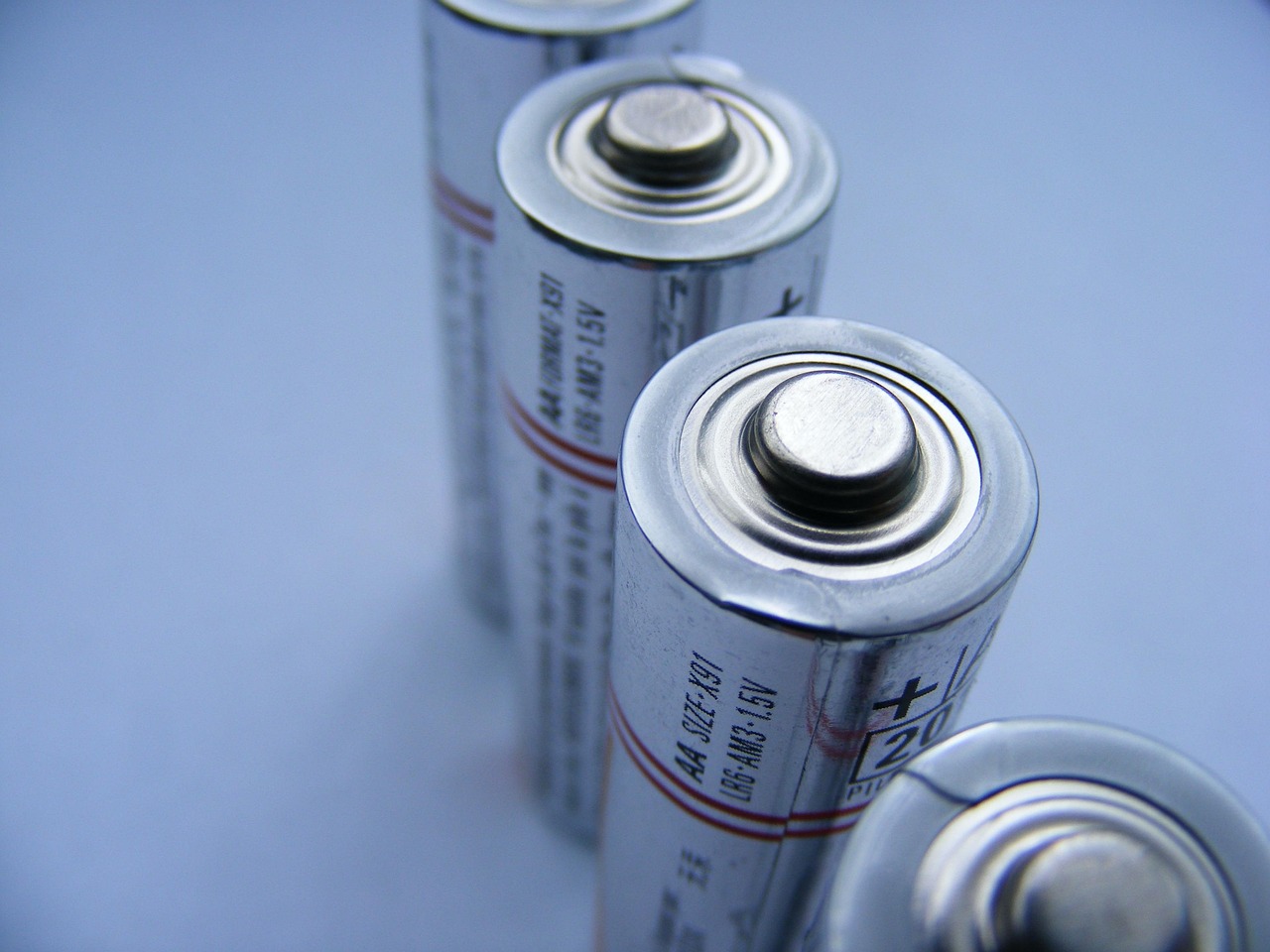In general terms, the primary difference between a pipe and a tube lies in their applications and construction. Both pipes and tubes are cylindrical structures used for the transportation of fluids or gases, but they have distinct characteristics and uses. Here are the key differences:
Purpose and Application:
- Pipes: Pipes are primarily designed for the conveyance of fluids and gases. They are commonly used in plumbing, water supply systems, sewage systems, and industrial processes where the movement of liquids or gases is necessary.
- Tubes: Tubes, on the other hand, have a broader range of applications. While they can also transport fluids and gases, they are often used for structural purposes, such as in construction, automotive frames, and other engineering applications. Tubes can be used as structural members, whereas pipes are not typically used for this purpose.
Manufacturing Process:
- Pipes: Pipes are manufactured using a few different methods, with the most common being seamless and welded. Seamless pipes are produced without any welding joints, while welded pipes are made by welding the edges of a flat sheet or coil to form a cylindrical shape.
- Tubes: Tubes are also manufactured through a similar process, but they are generally more precisely engineered than pipes. Tubes can have more specific tolerances and varying shapes, such as round, square, rectangular, or oval, depending on their intended application.
Dimensional Differences:
- Pipes: Pipes are generally specified by their internal diameter (ID) or nominal pipe size (NPS), which is the approximate inside diameter. They are typically measured by the schedule (Sch) number, wall thickness, or NPS.
- Tubes: Tubes are specified by their outside diameter (OD) and wall thickness. The wall thickness can vary more in tubes, providing greater flexibility in choosing the appropriate tube for a specific application.
Strength and Rigidity:
- Pipes: Due to their standardized construction and thicker walls, pipes are often stronger and more rigid than tubes, making them suitable for high-pressure applications.
- Tubes: Tubes, being more versatile in shape and size, can be designed to be strong enough for various structural uses while also being capable of carrying fluids and gases.
In summary, pipes are primarily used for fluid and gas transportation, while tubes find applications in structural and engineering purposes. The construction, dimensions, and strength of each vary to suit their specific intended uses.















